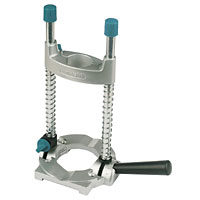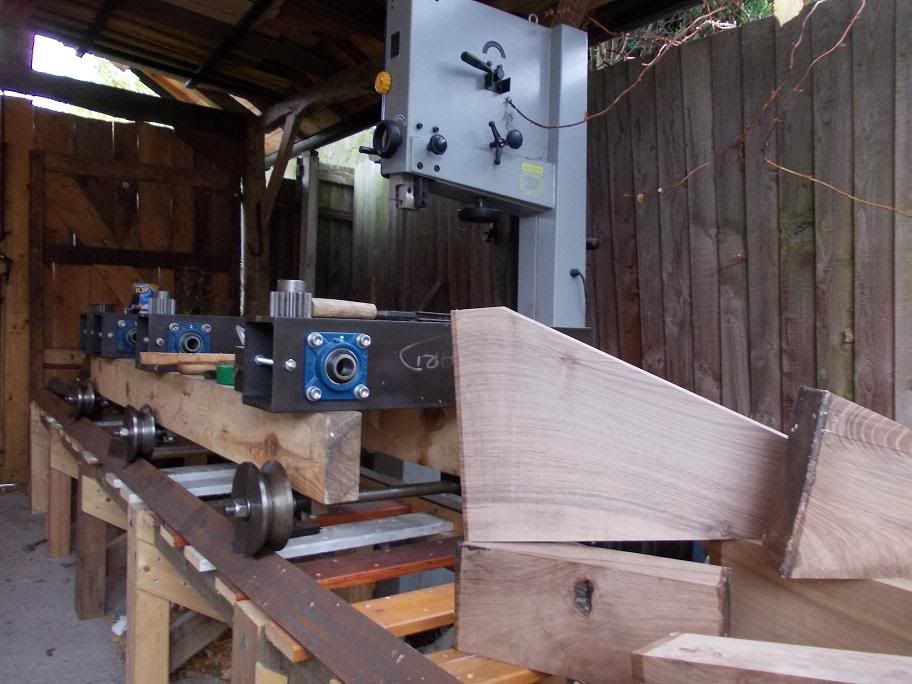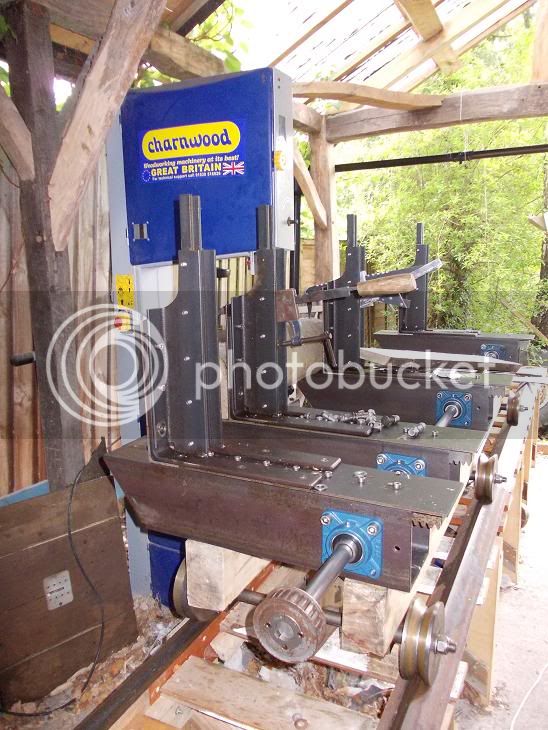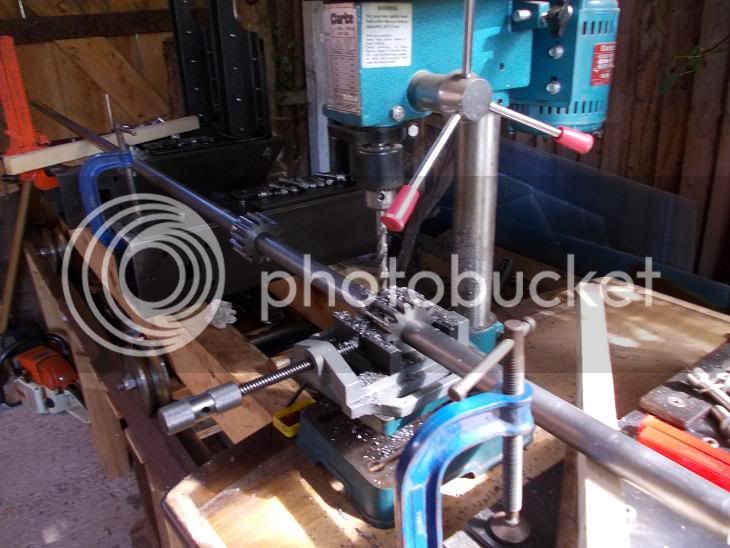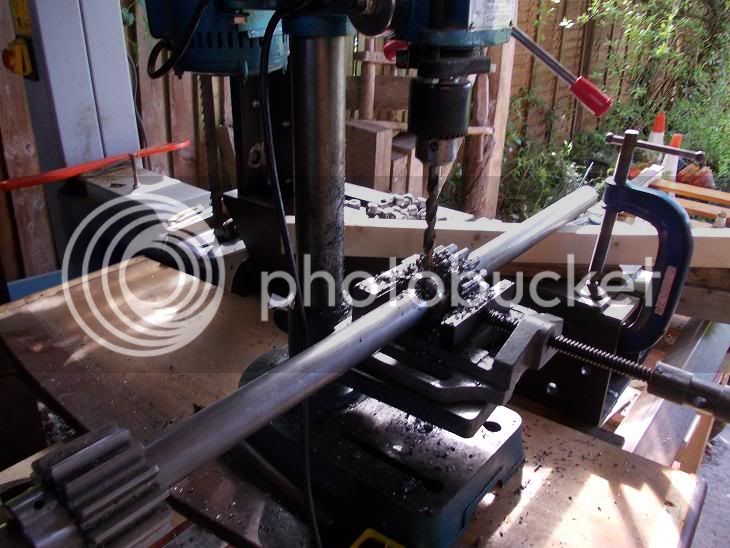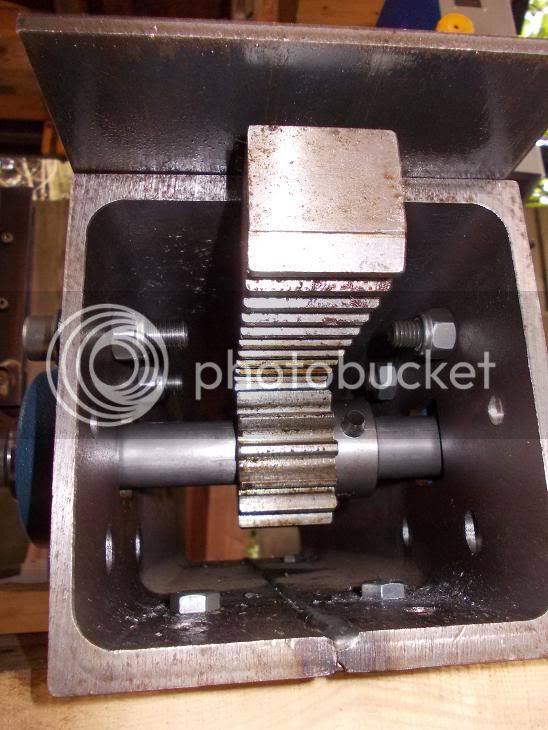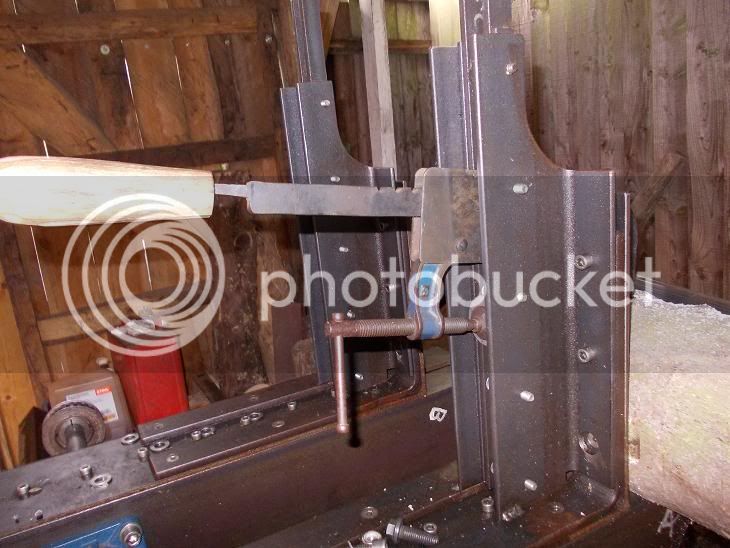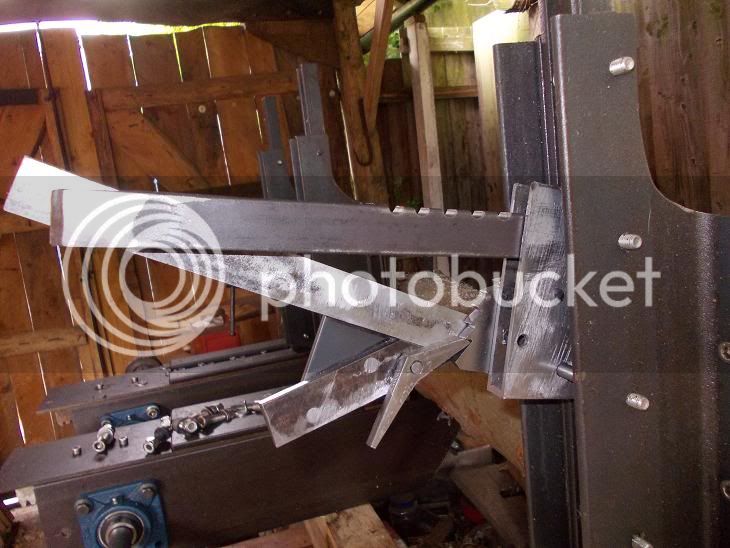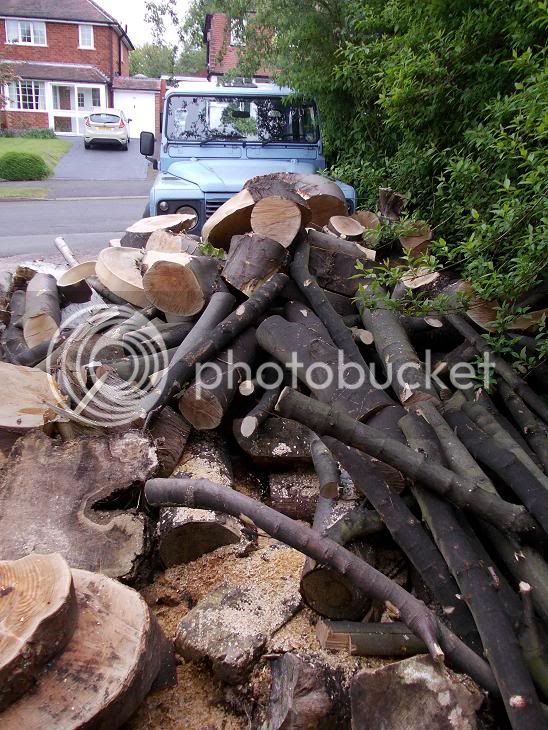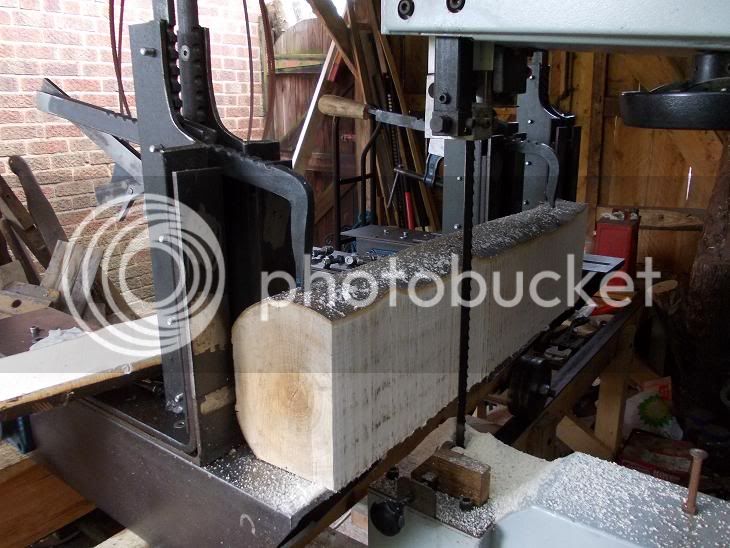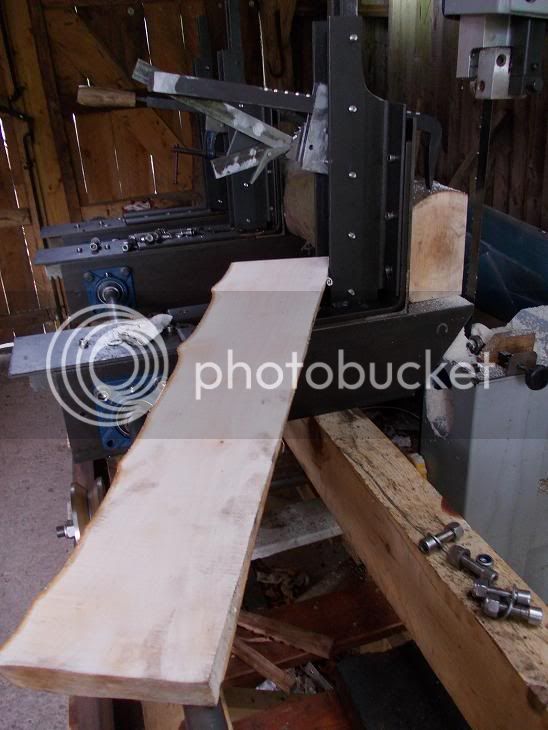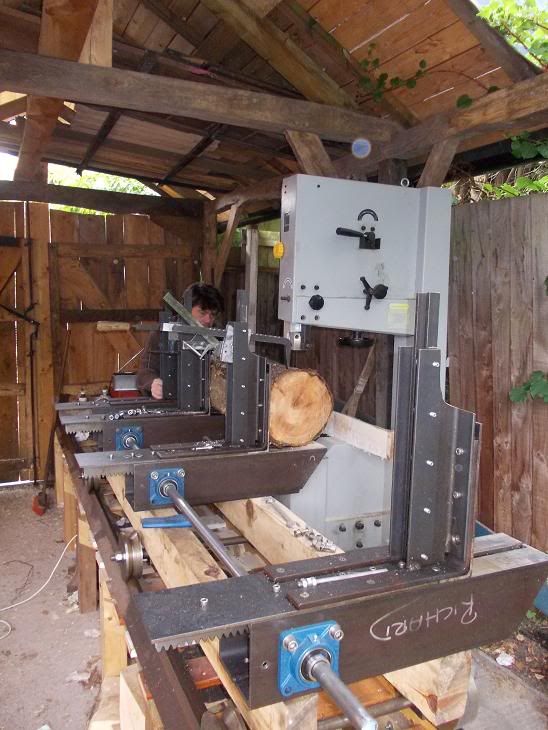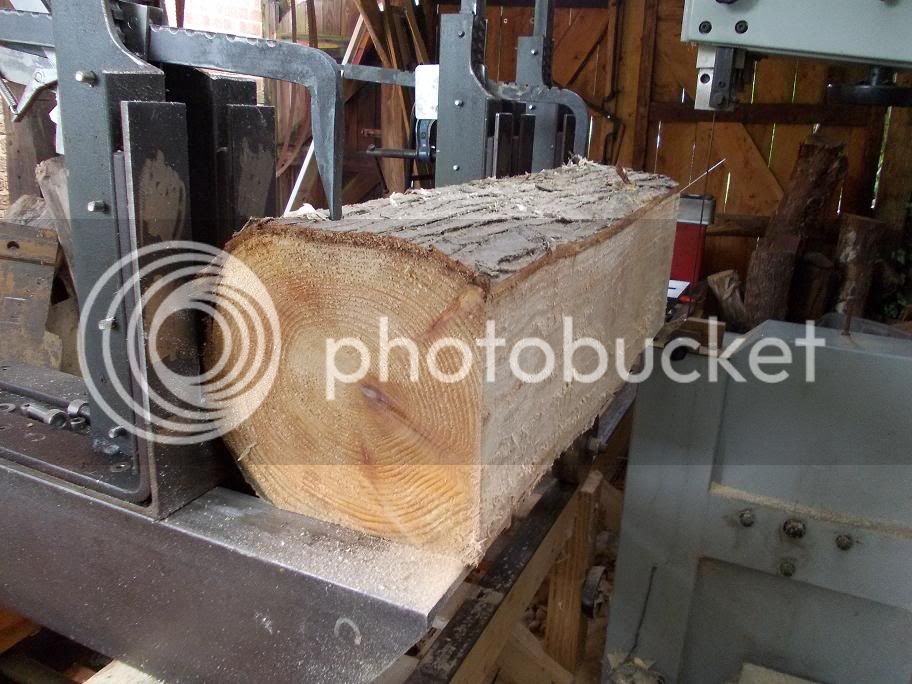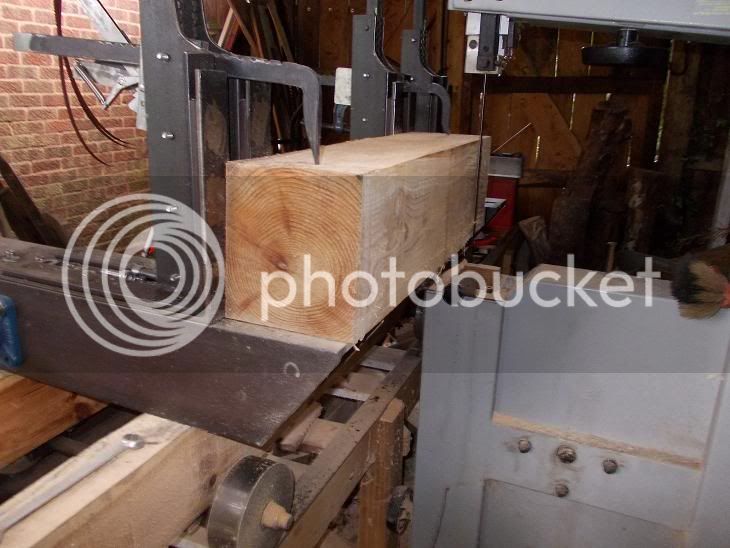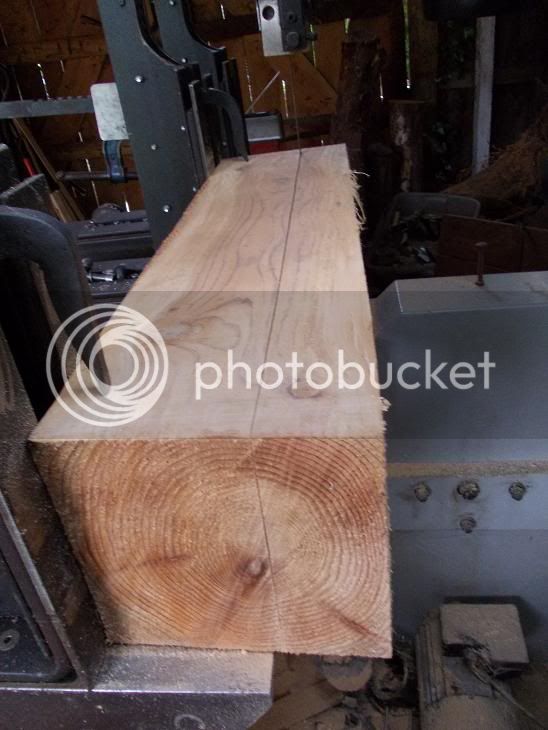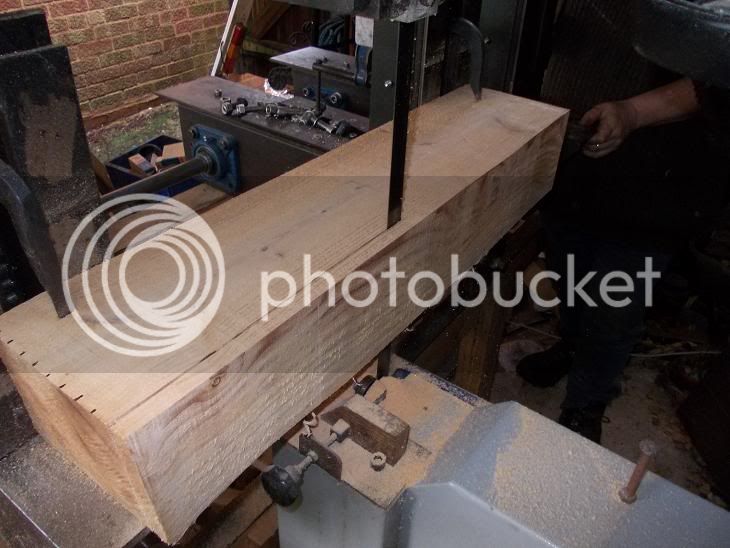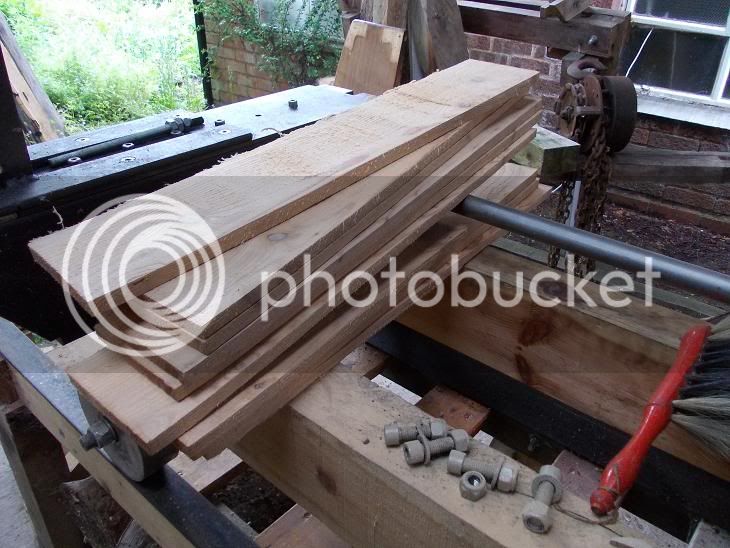Eric The Viking
Established Member
- Joined
- 19 Jan 2010
- Messages
- 6,599
- Reaction score
- 76
Richard T":1d5alwam said:I'm not sure I entirely understand the question - I had thought about disk brakes - I freely admit it; but when it comes to thinking about how to translate that to what I need compared to a ratchet and pawl. the later seems much more likley viz:
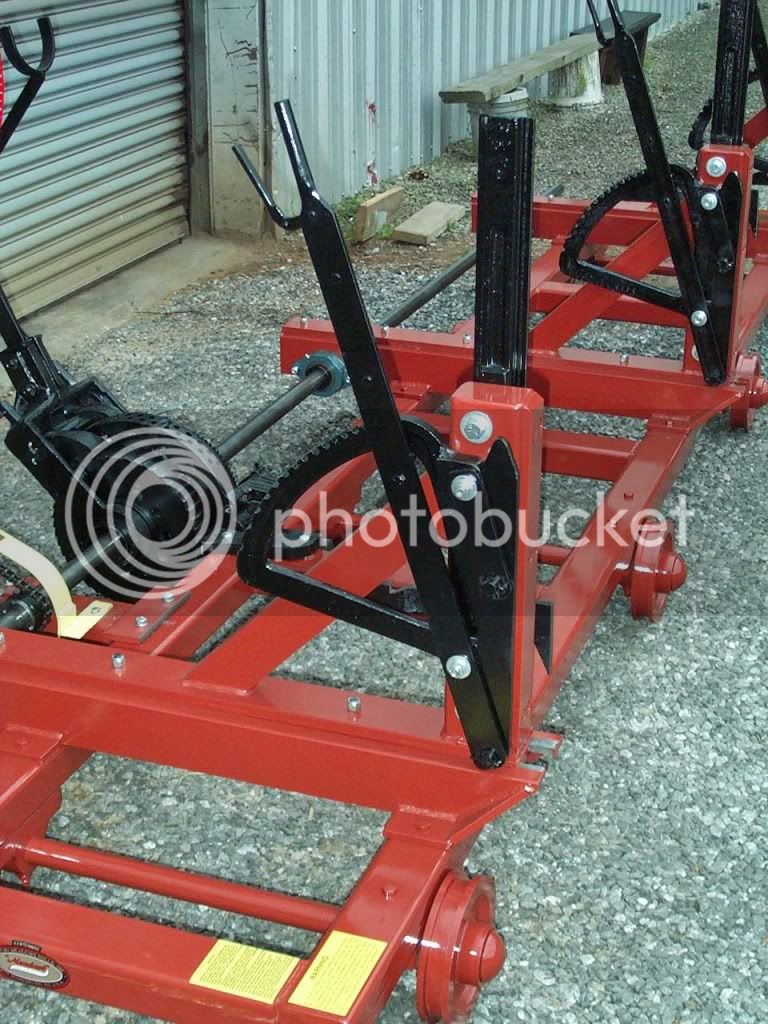
A modern setworks, albeit with complicated reversing stuff involved ....
I just want to wind on and wind out again with the relevant old fashioned noises.
Ah, I see what you mean! Belay that then!
I thought the shaft was driven at one end, rather than half way along, so that you had a crank handle or similar and then just wanted to lock it.
The ratchet is actually driving the shaft (if I understand you correctly), and then releasing to reset for the next log.
In which case, can you take a different approach entirely? Would a worm gear work instead? I can see difficulties in obtaining that too, but it would even allow you to motorize the 'sideways' movement (I guess), allowing quite precise control of the thickness (although that probably isn't important).
They're used in winches and similar lifting kit, where the thing being moved mustn't slip if power is removed. Could you use one from a vehicle winch, or possibly an old hoist? I've got some in Meccano sizes, but I don't think they'd do it!
After Googling, it looks like the winches from these people have ratchets too (and presumably clutches).
Something like that ought to be about secondhand/scrap, somewhere. If it won't run straight on the shaft, you might be able to replace the drum with a sprocket and use a short length of Reynolds (or sommat) to couple it to the main shaft.
I just want my time on Scrapheap Challenge!


































